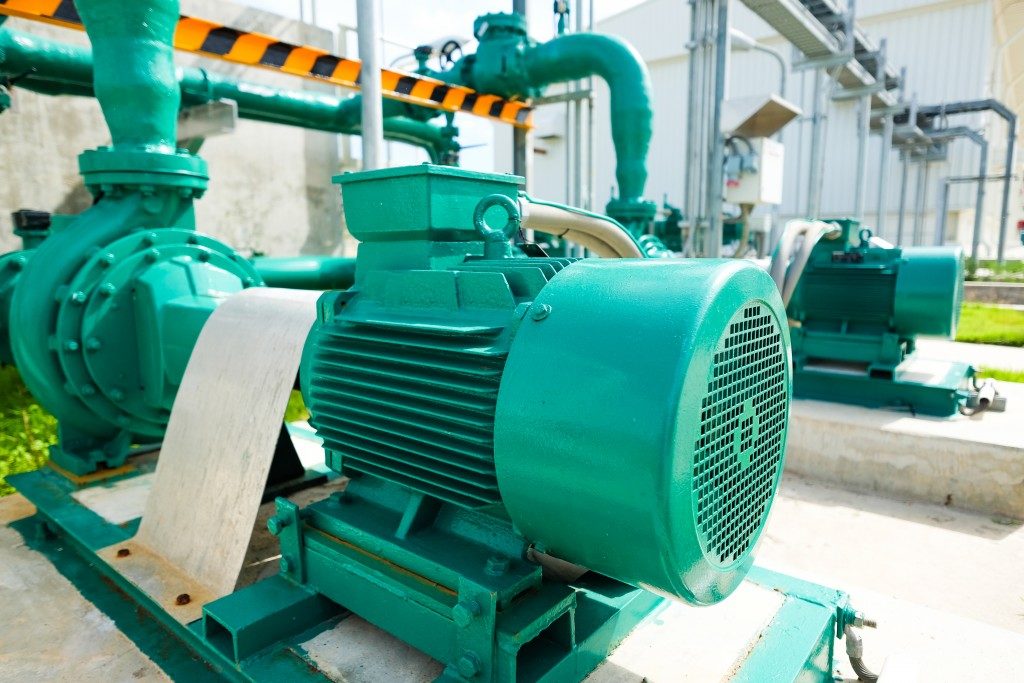A centrifugal pump is common in process plants, usually in large numbers. Some of their applications are industrial, wastewater, boosting pressure and water supply. Whether you are the proprietor or operator of a facility, it is essential to be armed with a knowledge of the pumps.
Familiarity with the design process of pumps comes in handy in troubleshooting. It can also help when you are contemplating a new pump installation.
Operation of the Pump
The centrifugal pump is very recognisable from its components and shape. It is made to energise a fluid such as water to a higher flow or height. In recent decades, these pumps have grown in popularity, owing to the development of steam turbines and combustion engines.
A typical centrifugal pump comprises of a casing filled with fluid. Often, this fluid is water, but it can be anything really. An impeller, which is located inside the casing, rotates very fast and puts the fluid under centrifugal force.
This makes the fluid to go to the discharge. Consequently, a vacuum is created and atmospheric pressure enhances the force on the fluid even further. One of the most important design features for this performance is the curvature on the impeller blades.
Pump Design Considerations
There are two mistakes one could make when designing a centrifugal pump: undersize or oversize the components. Any of these could leadin problem recurrence over the entire life of the equipment. That is why the hydraulic and mechanical characteristics must be put into consideration.
Mechanical factors include impeller geometry, pumping conditions and pump seal. Examples of hydraulic characteristics are system resistance and flow rate. All these and others must be analysed in totality if the centrifugal pump is to serve its purpose reliably.
For instance, the suction lift concept is necessary for the design of centrifugal pumps for clean water.
The Pump Design Steps

There are general design steps for the equipment, but as you will notice, three parameters appear severally throughout-Net Positive Suction Head (NPSH), Capacity and Head. A close look at the pump also reveals two major parts named the rotating part and the stationary part. Now, here are the design steps in summary form:
1. Calculate the Flow Rate
The flow rate is the amount of fluid going through the discharge per unit time. Accuracy is of utmost importance here.
2. Calculate the Friction Head
In this step, the designer considers the head lost because of friction. Considerations include flow rate and pipe size.
3. Calculate Total Head
Total head is the sum of friction head and static head.
Choose Pump Specific Type and Brand
Centrifugal pumps are designed for different fluids and purposes. Owing to this, you will find all manner of curves that guide on the impeller choice. The buyer can use calculated values to settle for the best device for their needs.
Otherwise, consulting the manufacturer manual can help ensure that the fluid being pumped will neither cause cavitations nor lead to failure.
Conclusion
It is safe to say that the centrifugal pump is not complicated. Many varieties are available in the market, so insisting on a suitable design is crucial. If it can ensure continuous flow and prevent cavitations, then it probably fits the bill. Manufacturers that follow the steps outlined here are able to make a product suitable for the conditions.

